Summer is perfect for being active outdoors and grilling some healthy items for cookouts. Getting together with family and friends is a wonderful way to spend a weekend afternoon and evening. Unfortunately, some barbecues can turn into really unhealthy meals quickly. Here are some simple tips to ensure you keep up healthy eating while enjoying a cookout. 
- Better your burger. Consider topping your burger with fresh and flavorful veggies such as onions and tomatoes versus higher-fat options like mayonnaise and cheese. Also, grab a whole-wheat bun to increase the fiber, or a sandwich thin to keep calories lower. Seek out lower-fat ground beef to make your burgers, such as Laura’s Lean Beef, or grab a turkey burger or a plant-based burger to grill.
- Select sides wisely. Coleslaw, potato salad, and macaroni salad are typical staples of most cookouts. However, these mayonnaise-based options are loaded with fat and calories that aren’t necessarily the best for a balanced plate. Choose a serving the size of a tennis ball to keep portions in check, or choose oil-and-vinegar or yogurt-based dishes if available.
- Fill up on fruit. This time of year is full of almost every fruit in its peak season. Load up on filling berries, cherries, and melons. Make a giant fruit salad or kabobs, or toss some peaches or pineapple on the grill and top with nonfat vanilla yogurt. If fruit pies are on the menu for dessert, choose the option with a bottom crust only and stick to one slice!
- Don’t forget the veggies. A lot of times veggies are completely forgotten at a barbecue, but these can be super tasty and easy to fix when done on the grill. Zucchini, squash, eggplant, mushrooms, and peppers are great on the grill and can easily be made into fun kabobs. Corn on the cob is technically a starchy vegetable, but it’s still a vegetable! Just be cautious with the amount of butter and salt that you load on top of it. Instead, try grilling it in foil with a touch of olive oil and squeeze a lime on it before eating. You won’t even miss the butter and salt!
- Be careful not to burn your meat. Two compounds found in charred and overcooked meats are known carcinogens. Always make sure to clean your grill to get rid of preexisting charred food bits before you start grilling, or grill on top of foil or a grill mat. Another great idea is to marinate your meats before throwing them on the grill. Not only will it increase the flavor, but it can reduce the presence of the carcinogens. Grab a meat thermometer and make sure beef, pork, fish, veal, and lamb reach 145 degrees and poultry reaches 165 degrees.
- When you are finished, go play. Challenge the kids to a game of cornhole or horseshoes. Start tossing the ball around or choose another outdoor game. The point is to not just to jump around and “burn off” dinner, but to get up and moving and away from the tempting chips and other snacks!
This blog was written by Angie Scheetz, RD. To find out more about the NIFS bloggers, click here.


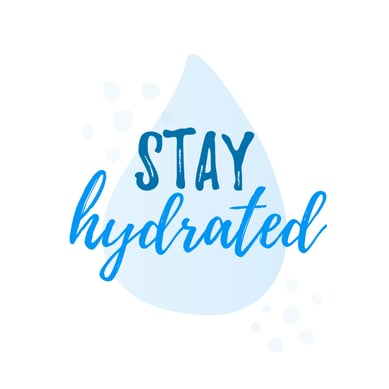 What Do Your Kidneys Do?
What Do Your Kidneys Do?
 As many of us are confronted with the decision of whether to send our children back to school or continue with online learning, we are faced with many questions that we had never had to ask ourselves before. Breakfast, lunch, and often snacks are mainly consumed during these hours at school, so as we continue to see Indiana trying to return to normal and reopen, we might need to tailor our eating habits to ensure we are not risking unnecessary exposure to COVID-19 when refueling our bodies throughout the day. These ideas also work for adults who are returning to the workplace or have already returned to the workplace.
As many of us are confronted with the decision of whether to send our children back to school or continue with online learning, we are faced with many questions that we had never had to ask ourselves before. Breakfast, lunch, and often snacks are mainly consumed during these hours at school, so as we continue to see Indiana trying to return to normal and reopen, we might need to tailor our eating habits to ensure we are not risking unnecessary exposure to COVID-19 when refueling our bodies throughout the day. These ideas also work for adults who are returning to the workplace or have already returned to the workplace.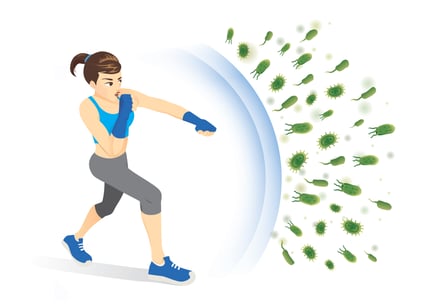 Have you ever noticed that during the cold and flu season, some people just don’t get sick no matter what? Or maybe you have wondered why after being exposed to the same virus, one person gets sick while the other doesn’t.
Have you ever noticed that during the cold and flu season, some people just don’t get sick no matter what? Or maybe you have wondered why after being exposed to the same virus, one person gets sick while the other doesn’t. Has a physician or other healthcare provider recently told you to improve your diet and exercise? If you are like most Americans, there is also a pretty good chance that you have a stressful lifestyle that leaves you short on the time, money, and energy it takes to implement these changes. Besides, other than a few extra pounds, you haven’t really noticed any changes to your body, right?
Has a physician or other healthcare provider recently told you to improve your diet and exercise? If you are like most Americans, there is also a pretty good chance that you have a stressful lifestyle that leaves you short on the time, money, and energy it takes to implement these changes. Besides, other than a few extra pounds, you haven’t really noticed any changes to your body, right?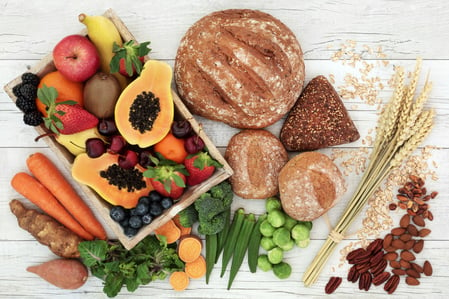 In recent years, carbohydrates have seemingly been blamed for our health problems. Many of us now shun potatoes, rice, and even fruit in fear of the dreaded pounds that could come with eating carbohydrates. While many diets demonize carbohydrates, others preach the benefits of higher-carbohydrate diets. Through all of this confusion, I will try to set the record straight.
In recent years, carbohydrates have seemingly been blamed for our health problems. Many of us now shun potatoes, rice, and even fruit in fear of the dreaded pounds that could come with eating carbohydrates. While many diets demonize carbohydrates, others preach the benefits of higher-carbohydrate diets. Through all of this confusion, I will try to set the record straight.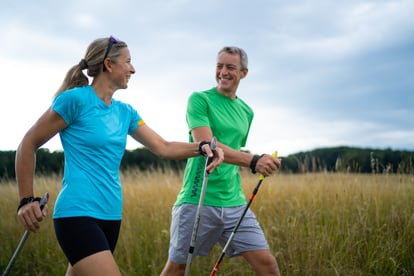 Unless you have been on Mars for the last four or five decades, you have heard, read, and seen the benefits of walking for health and fitness. There is no new hot take on walking; it’s always been a fantastic way to stay healthy and enjoy exercise.
Unless you have been on Mars for the last four or five decades, you have heard, read, and seen the benefits of walking for health and fitness. There is no new hot take on walking; it’s always been a fantastic way to stay healthy and enjoy exercise. heard that exercise is good for health. The fitness industry has been growing significantly over the past decade. As of 2017, there were
heard that exercise is good for health. The fitness industry has been growing significantly over the past decade. As of 2017, there were ![GettyImages-627455550-[Converted]-new](https://www.nifs.org/hs-fs/hubfs/GettyImages-627455550-%5BConverted%5D-new.jpg?width=402&name=GettyImages-627455550-%5BConverted%5D-new.jpg)
 How often is it that you hear someone say, “Man, that was a great night’s sleep!” or “I slept like a baby!”? Not as often as we would like to hear, I would say! Being tired and feeling sluggish seems to be the new normal. According to the
How often is it that you hear someone say, “Man, that was a great night’s sleep!” or “I slept like a baby!”? Not as often as we would like to hear, I would say! Being tired and feeling sluggish seems to be the new normal. According to the 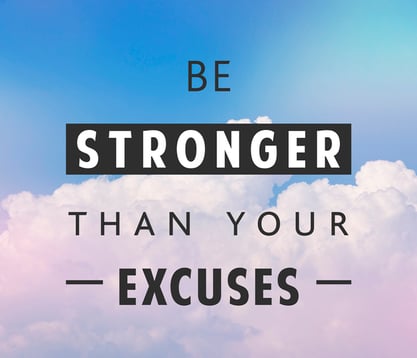 What’s your motivation for working out? Eat healthy? What’s your motivation to get enough sleep or practice de-stressing with yoga or foam rolling? What’s your motive to get your friends and family to go on a walk or to the gym with you?
What’s your motivation for working out? Eat healthy? What’s your motivation to get enough sleep or practice de-stressing with yoga or foam rolling? What’s your motive to get your friends and family to go on a walk or to the gym with you?